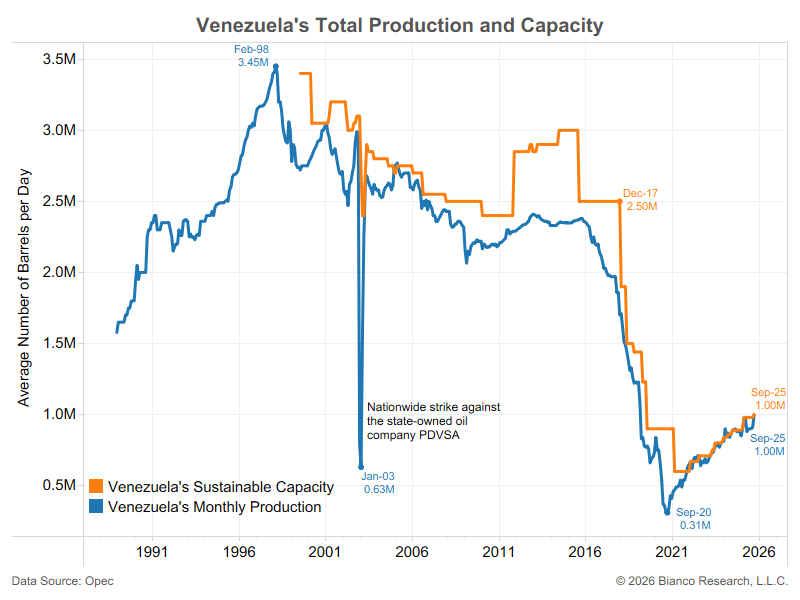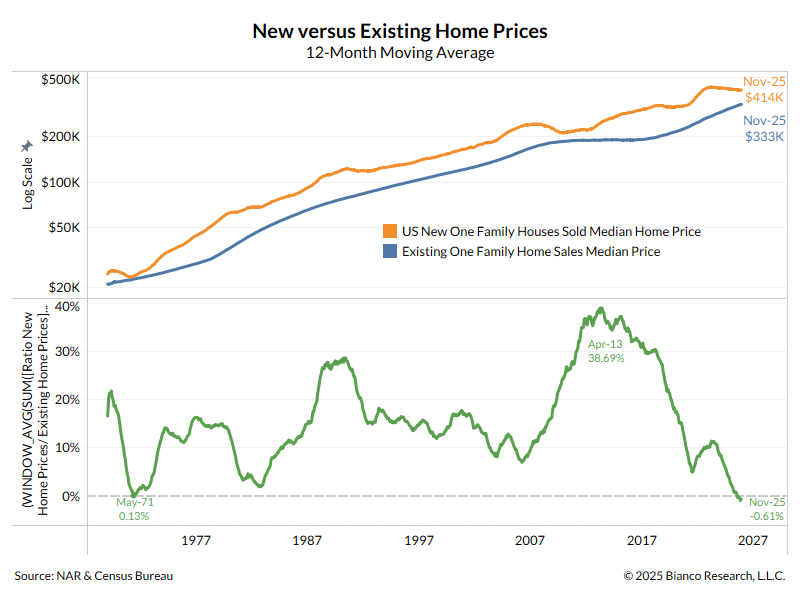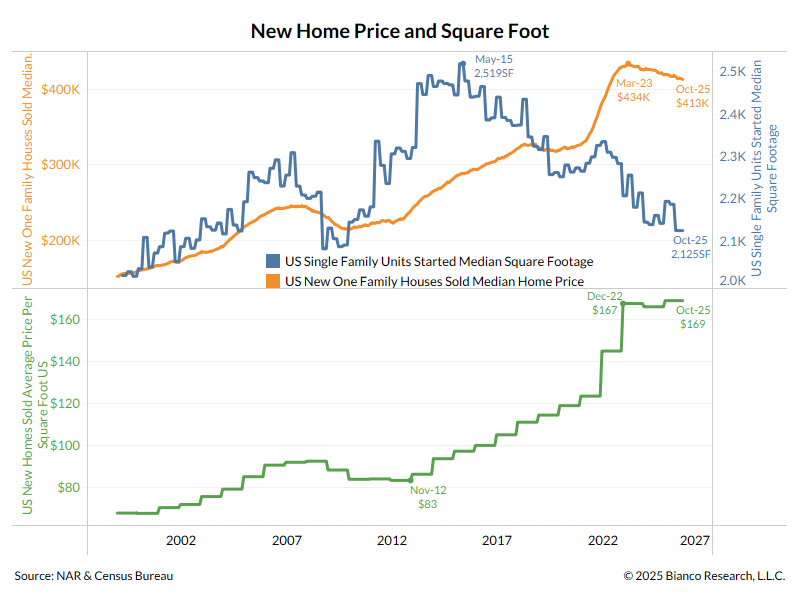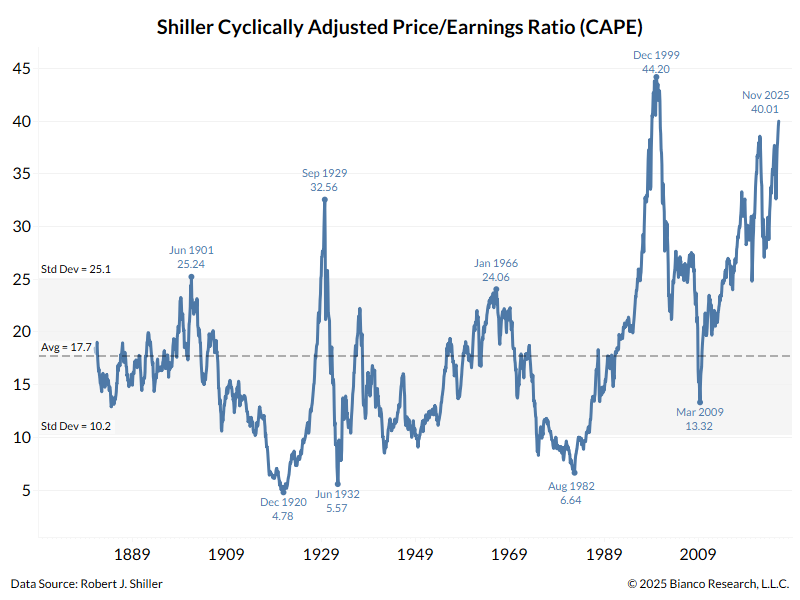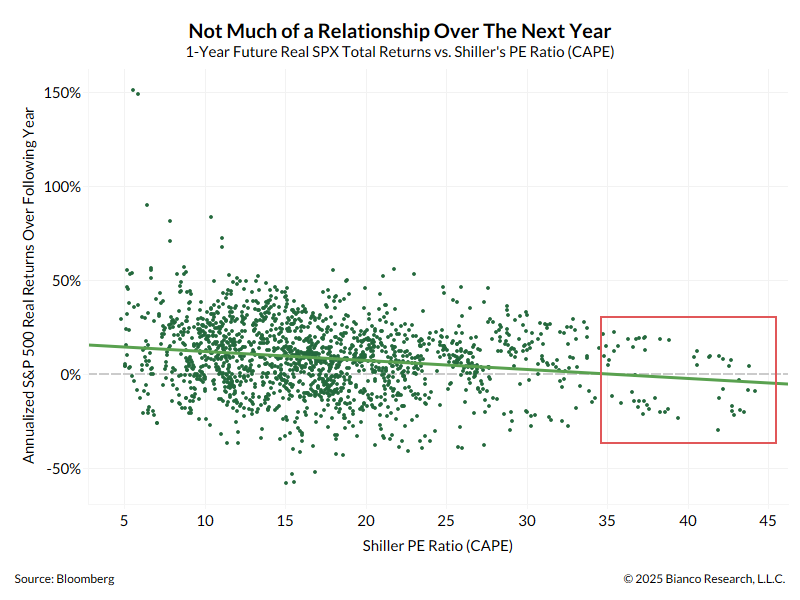Solid signals the debt ceiling is going to be a problem, and might be a catalyst (not they catalyst) behind today's risk market selloff.
Yes, it eventually gets resolved but the fear it will be messy and chaotic this time around.
A thread to explain.
1/6
Yes, it eventually gets resolved but the fear it will be messy and chaotic this time around.
A thread to explain.
1/6
First, their is 1.3 trillion in Fed reverse repo (RRP). The Fed is offering 5 basis points in this RRP facility
Their is no reason for a T-Bill to have a yield above the 5 bps RRP rate.
2/6
Their is no reason for a T-Bill to have a yield above the 5 bps RRP rate.
2/6

Here is the bill curve out the next 9 mos and the Oct 18 date that the govt runs out of money.
The only bill yield yields above 5 bps is from Oct 19 to Oct 28.
By trading above the RRP rate after Oct 18 signals the debt ceiling is going to be a problem in this time period.
3/6
The only bill yield yields above 5 bps is from Oct 19 to Oct 28.
By trading above the RRP rate after Oct 18 signals the debt ceiling is going to be a problem in this time period.
3/6

The betting markets have a contract with an Oct 15 date. It is essentially 50/50 it will be raised before this date.
This signals no early deal. So, even if a deal gets done in time to avoid a mess, it is going down to the wire.
4/6
This signals no early deal. So, even if a deal gets done in time to avoid a mess, it is going down to the wire.
4/6

Now for the political part to ask why this is happening.
The Ds are the majority of the House, Senate and Presidency. They do not need R votes.
But hiking the debt ceiling is deeply unpopular and they want cover from the Rs. They are not getting it.
5/6
The Ds are the majority of the House, Senate and Presidency. They do not need R votes.
But hiking the debt ceiling is deeply unpopular and they want cover from the Rs. They are not getting it.
5/6

Biden is deeply unpopular and it just gets worse everyday. See the orange line, new highs in "disapprove" regularly.
Does Biden lack the stature IN HIS OWN PARTY to cut a deal between his progressives and moderates? He would if he was at 55% appr.
6/6
Does Biden lack the stature IN HIS OWN PARTY to cut a deal between his progressives and moderates? He would if he was at 55% appr.
6/6

Bonus
All the Wall Street strategists are in universal agreement this is a bunch of nothing and will get resolved without drama.
This last time they we this sure about something was Feb 2020 with they all concluded CV19 was temporary and not important.
You have been warned!
All the Wall Street strategists are in universal agreement this is a bunch of nothing and will get resolved without drama.
This last time they we this sure about something was Feb 2020 with they all concluded CV19 was temporary and not important.
You have been warned!
Can/should the Fed buy T-Bills and stop a mess with the debt ceiling?
Buying bills or any kind of "support" for the Treasury market is taking a side in an intensely political fight.
1/2
Buying bills or any kind of "support" for the Treasury market is taking a side in an intensely political fight.
1/2
Powell is fond of saying that congress does the will of the American People. The Fed job is to respond, not take sides.
And for the Fed to get involved would be especially political given they all but signaled they are going to start tapering at the Nov 3rd FOMC meeting.
2/2
And for the Fed to get involved would be especially political given they all but signaled they are going to start tapering at the Nov 3rd FOMC meeting.
2/2
• • •
Missing some Tweet in this thread? You can try to
force a refresh


